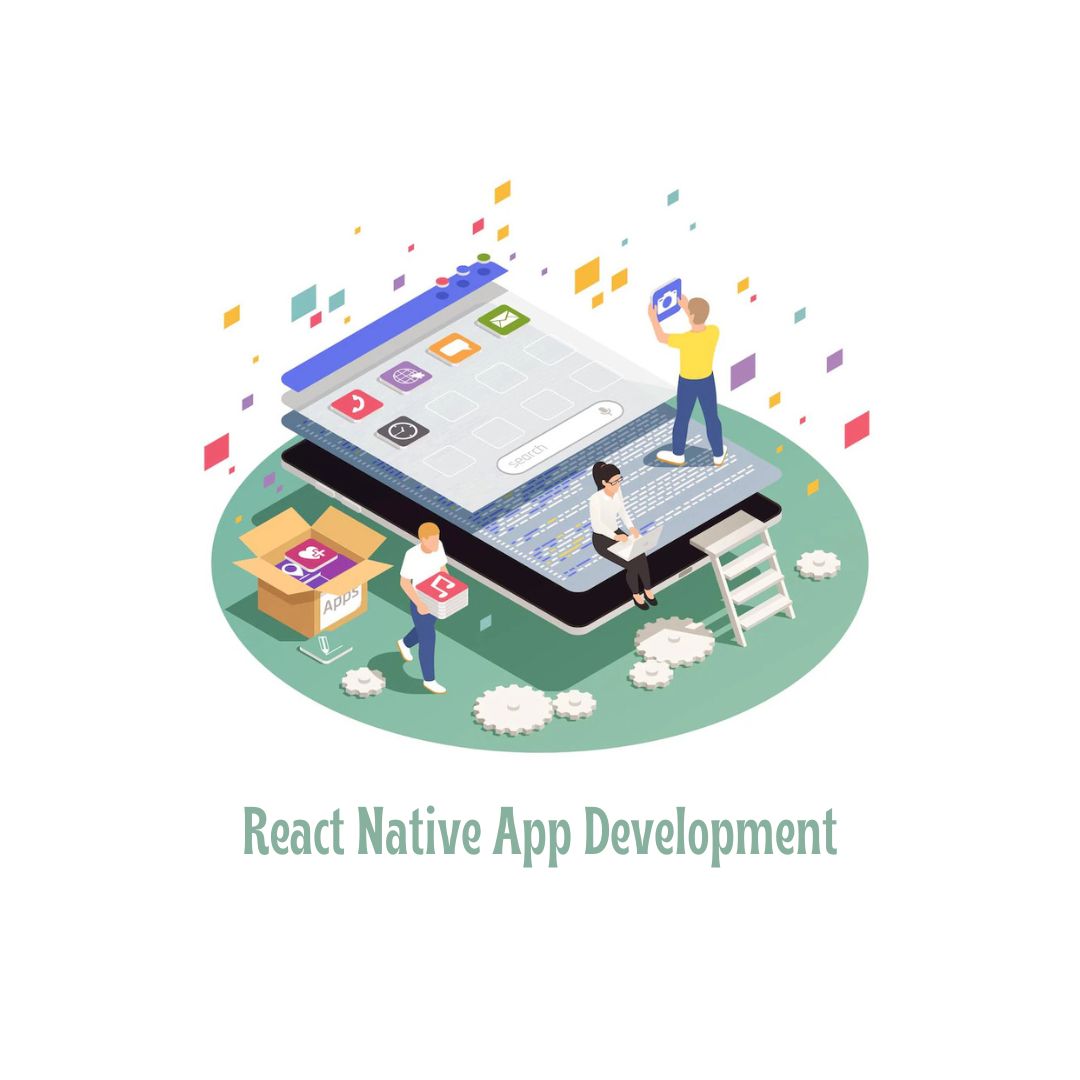In the realm of mobile app development, React Native has emerged as a game-changer, empowering developers and businesses with a leading-edge React Native app development company. This approach enables them to build cross-platform applications with enhanced efficiency and performance. Leveraging the power of JavaScript, React Native streamlines the process of creating mobile apps that look and feel native, regardless of whether they’re deployed on iOS or Android platforms. Let’s delve into the inner workings of React Native to understand how it achieves this feat.
Fundamentals of React Native:
At its core, React Native is built upon the principles of its predecessor, React. React, initially developed by Facebook, is a JavaScript library that facilitates the creation of user interfaces through a declarative and component-based approach. React Native takes this concept and applies it to mobile app development, allowing developers to create reusable UI components for both iOS and Android platforms using JavaScript.
Architecture:
React Native employs a two-fold architecture that distinguishes between the JavaScript thread and the native thread. The JavaScript thread handles the application’s logic and user interface description, while the native thread, running on the respective platforms, manages the rendering of native components. This separation enables React Native to achieve remarkable performance by leveraging the strengths of both JavaScript and native platforms.
JavaScript Thread:
The JavaScript thread serves as the brain of the application, handling business logic, user interactions, and rendering descriptions of the user interface. Developers write components in JavaScript, which include information about how the UI should look and respond to user actions. React Native uses a virtual DOM (Document Object Model) similar to the web-based React. This virtual representation of the actual UI allows React Native to efficiently update and render only the necessary parts of the interface when changes occur, significantly improving performance.
Native Thread:
The native thread, on the other hand, deals with rendering native components and handling interactions at the native level. This thread translates the virtual DOM representations into native UI elements specific to the target platform. For instance, when a developer creates a button component in JavaScript, the native thread interprets this and creates an actual native button, ensuring a seamless and authentic user experience.
Bridge Communication:
The bridge is the crucial communication mechanism that enables the coordination between the JavaScript thread and the native thread. Since JavaScript and native code operate in separate threads, they need a way to exchange information. The bridge facilitates this communication by transmitting messages between the two threads. However, it’s important to note that this communication isn’t instantaneous and can introduce a slight delay, impacting performance in scenarios where real-time responsiveness is paramount.
Modules and Native Components:
React Native provides a set of core components that map directly to native UI components. These include components such as View, Text, Image, and more. These components render as native elements, guaranteeing the look and feel of a truly native application. Additionally, developers can access native modules, which are JavaScript interfaces to native functionality. This enables developers to interact with device features like the camera, sensors, and storage, enhancing the app’s capabilities.
Hot Reloading:
One of the standout features of React Native is its hot reloading capability. During development, developers can instantly see the effects of code changes without restarting the app. This feature significantly accelerates the development cycle, allowing for rapid iterations and debugging.
Platform-Specific Code:
While React Native allows for a great deal of code sharing between platforms, there are instances where platform-specific code is necessary. React Native provides mechanisms for handling such cases, ensuring that developers can optimize the user experience for each platform. For example, different UI designs or interactions might be needed to cater to the distinct user expectations on iOS and Android devices.
Third-Party Libraries:
React Native boasts a thriving community that develops and maintains a wide range of third-party libraries. These libraries provide pre-built solutions for common challenges and functionalities, saving developers time and effort. Whether it’s navigation, animations, state management, or integration with other APIs, the availability of these libraries enhances the development process.
Performance Considerations:
While React Native offers impressive performance, it’s important to be mindful of certain considerations. Due to the bridge communication between JavaScript and native threads, heavy computation or continuous real-time updates can lead to performance bottlenecks. Careful optimization and efficient use of native modules are essential to maintain a smooth user experience, especially in complex applications.
Conclusion:
React Native’s innovative approach, in collaboration with a leading React Native development company, has transformed cross-platform application development. By seamlessly integrating JavaScript’s capabilities with the authenticity of native components, React Native delivers high-performance applications with remarkable efficiency. Its architectural design, which strategically employs separate JavaScript and native threads, ensures a harmonious balance between UI rendering and logic. This results in fluid and responsive user experiences, even as the mobile app landscape continues to evolve. React Native stands as a potent tool, empowering developers to craft cutting-edge applications that effortlessly transcend platform boundaries.





